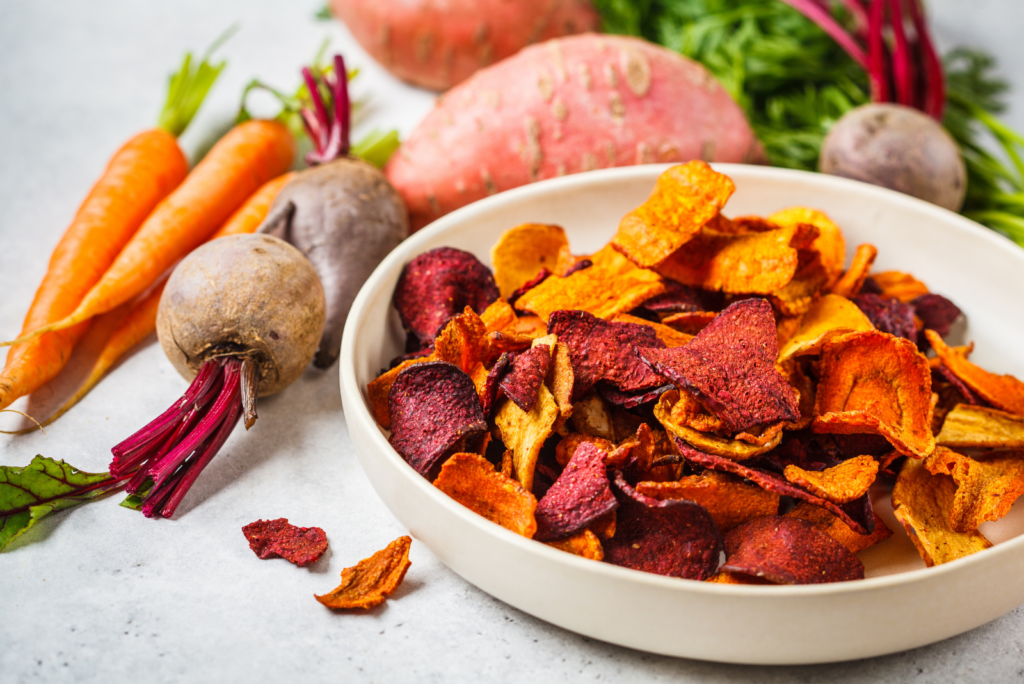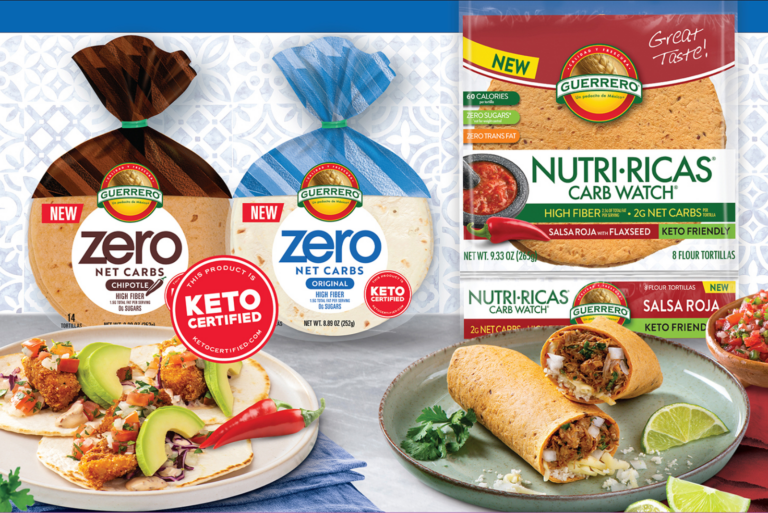KANSAS CITY, MO — So far, 2022 has bestowed polarizing politics, post-pandemic alterations, skyrocketing inflation rates, supply chain disruption and a war with a ripple effect on virtually every business sector. It’s a difficult time for consumers to settle into a routine in this undulating climate, and it’s even harder for brands to understand — let alone predict — buying behavior as they estimate costs and potential innovation during a time of unprecedented social, political and economic change.
People have turned to food as an outlet.
It serves as a source of comfort, a medium for exploration and a means for change. They’ve looked outward in their search for new and exotic flavors as they seek out lesser-known international cuisines.
But they have also looked inward as they uncover how their food choices impact their health — mental and physical. This is an exciting time for flavor innovation as consumers seek to discover all they can about food, demanding authenticity through nuanced, unique flavors.
Before one can interpret and identify flavor trends, it is essential to understand modern consumer behavior. Why are consumers becoming more adventurous? What is behind health-conscious buying habits? And how are cost and supply chain issues influencing these behaviors?
One dominant behavior is health-conscious consumption and a trend toward healthy lifestyles. However, the focus is not on diet trends. In fact, only one in four American adults claim to be on a diet, as reported by The NPD Group, a global market information company.










